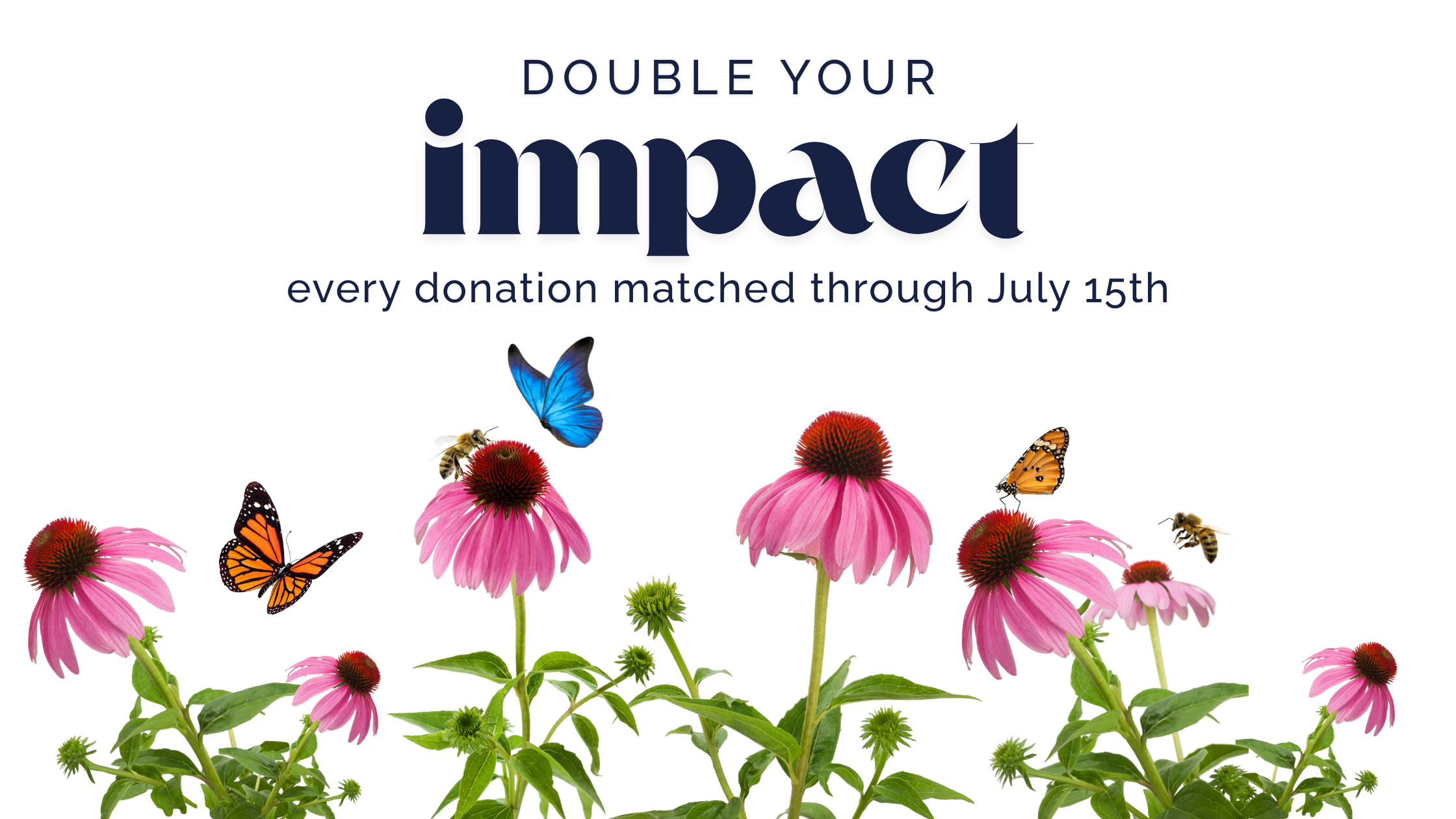It’s May, and the insects are buzzing, the flowers are budding, and your nose might be running. You may have heard of the “No Mow May” movement, which encourages homeowners to avoid cutting lawns during the month of May to allow insects to overwinter. No Mow May undermines the conventional lawn aesthetic and helps to normalize acceptance of “unkempt” yards that support pollinators. Another benefit of the campaign is that not using lawn mowers will reduce noise and air pollution. While well intended, this approach is not a one-stop solution to the loss and degradation of pollinator habitats and has several negative effects.
Without mowing, it’s easier for invasive plant species to seed and become spread into areas and overcome native plants. Invasive plants like dandelions are also not a good source for pollinators. While better than a chemically treated lawn, this is not better for the environment. Allowing weeds to grow throughout the month of May, will make it even harder for their removal.
So what can you do instead?
Minimize

Reducing the lawn size may seem like a large task, but the changes can be made gradually over several seasons. By drawing up a yard plan, changes can be made by priority and as time and resources allow. Start with areas of lawn which are least used, and those which are hardest to mow (e.g. corners of the yard, beneath trees with low branches).
Reducing the size of your yard has several benefits:
- Reduced water consumption
- Less yard waste
- Reduction in air and noise pollution
- Enhanced biodiversity
Mulch-mow

Use your lawn mower to mulch the grass and leave it on the lawn as fertilizer. Returning clippings to the lawn will recycle nutrients to the soil and grass and also reduce waste. Mulching mowers facilitate this by chopping the clippings into smaller pieces. You can do the same thing with leaves in the fall. For more fall landscaping tips, read our interview with Jess Atkins.
Meadow

Make your yard part of the local ecosystem by planting natives and allowing your property to support pollinators and birds. Save time mowing, reduce maintenance emissions, and enjoy the beauty of flowering plantings. Read our interview with Mercy about how she has been converting her yard into a meadow.
Learn more about sustainable landscaping on our website.




